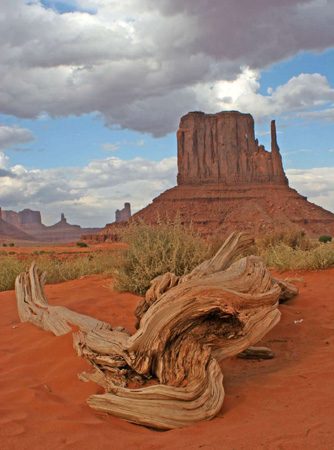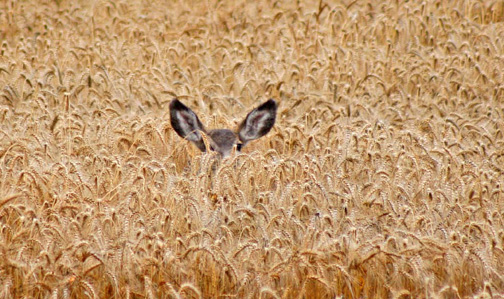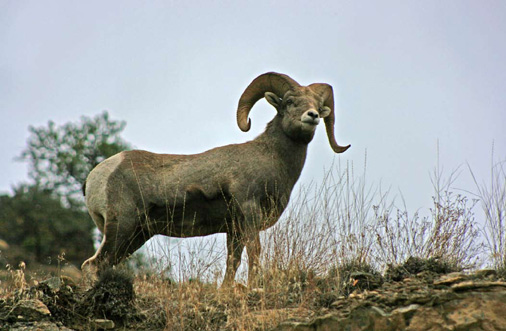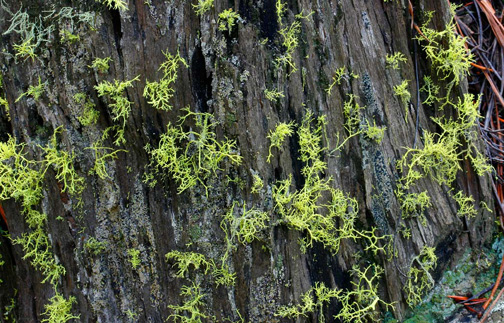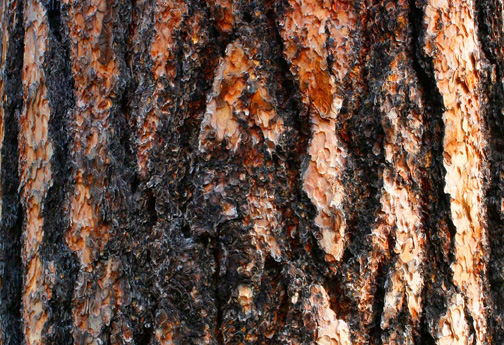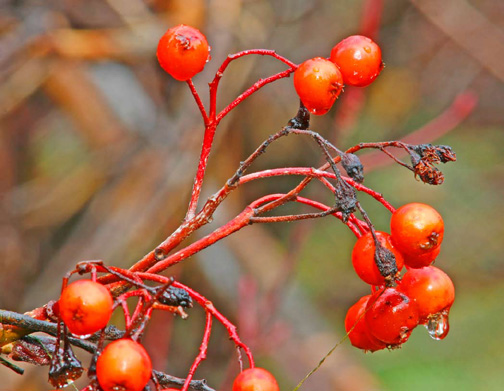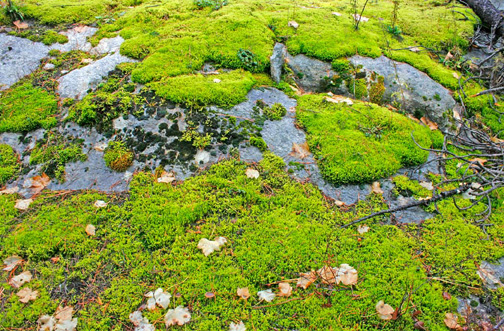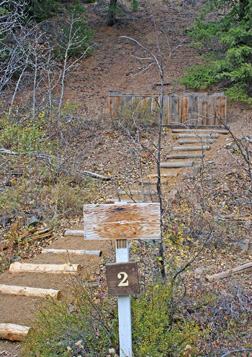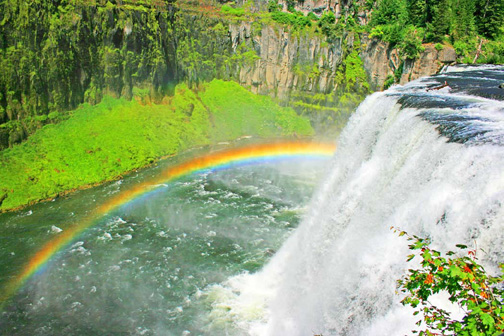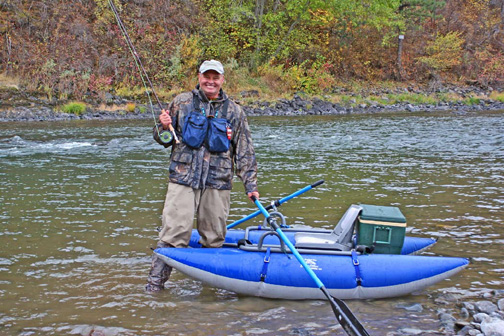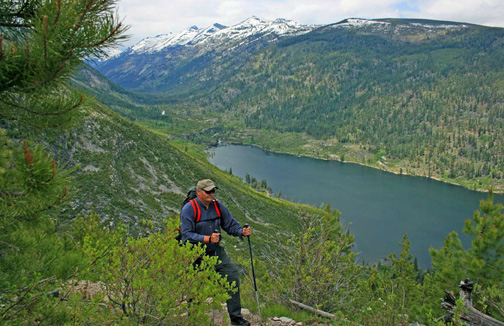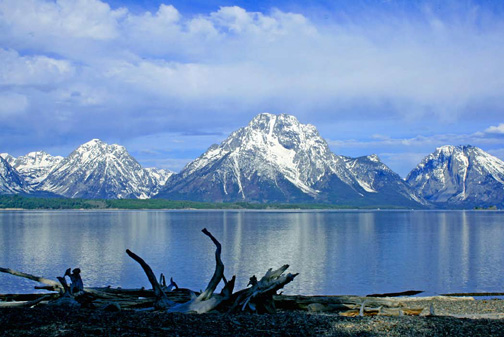Landscape Photography
Landscape photography can be divided into three basic divisions. They are:
- Majestic panoramas
- Macro-scene
- Close by (adjacent) landscape
The panorama is the classic landscape photo that includes everything from the foreground to the horizon. These are more difficult to capture because there can be a great variety of subjects in the scene. It’s best to resist the temptation to include everything that the eye can see and focus upon just a few of its features. Limit this grand scene just to the flowers, trees, mountains and sky. Look for forms that are interesting, colors that are complementary or harmonious, and perspectives that depict depth. A wide or medium angle lens is preferred for these panoramas.
The macro-scene is limited to a square foot or two of forms. Examples are some interesting

lichen patterns and colors on a boulder, colorful leaves floating in a pool, or interesting pebbles along the beach. These photos are best taken when the lighting is unsatisfactory for the majestic panoramas.
The adjacent landscape includes an area that is from 10 or 15 feet in front of you to about
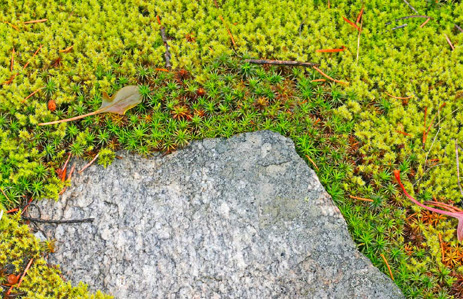
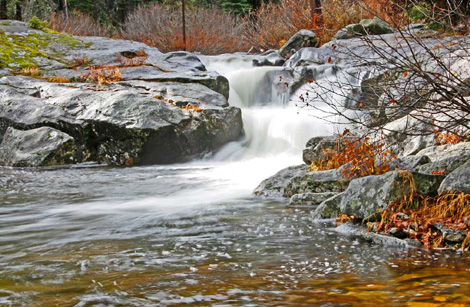
100-150 feet away. Usually no horizon or sky is included. You are looking for interesting forms, shapes, or lines that are relatively close by. Eliminate the sky because here it can become distracting. This type of shot lies between the macro and panorama scene although it does best when you can include an illusion of depth to add to its perspective. That is, an interesting foreground object is in crisp focus along with a clear background object.
Perspective reveals depth and adds somewhat to nature’s grandeur. The eye is attracted to the spatial relationship between forms and shapes. This presents a sense of space. Spatial relationship reveals perspective.
Depth dimension is enhanced when the camera is moved closer to the foreground. On the other hand, depth is diminished when the camera is moved away from the foreground. Hence there are two basic methods to reveal perspective. One is the use of parallel lines that seem to converge in the distance such as the ruts of a dirt road as it narrows in the background. The other one is that objects of a known size such as an elk or a person appear to shrink in size in the distance. These methods quickly tell the brain to gauge depth and distance.
The depth of focus is controlled by the camera’s aperture setting. A narrow setting f116-f32 increases the depth of field in focus. With a narrow setting the foreground will be in focus with the background.
The timing of the moment is being in the right place at the right time when that “Kodak Moment” occurs. Be prepared by being good with the camera and quick to set up. Use a cool head to get the job done.
Shapes are two dimensional combinations of lines, edges and patterns. A third dimension is added that shows volume. Lines are the edges of shapes. They transport the viewer’s eye from one place to another in the image.
Repeated colors, lights, or shapes form patterns inside an object. They are strictly two dimensional and lack depth.
Texture also lies inside a shape. It tends to detract the eye away from the shape and its edges.
Volume is a three dimensional aspect of a shape. It adds much to a landscape photo.
Contrast is the difference in light intensity between one object and another. The natural light’s contrast changes with time of day, weather and light direction. One’s eyes notice contrast far more easily than the camera’s photo. Contrast affects nature’s perception of form.

